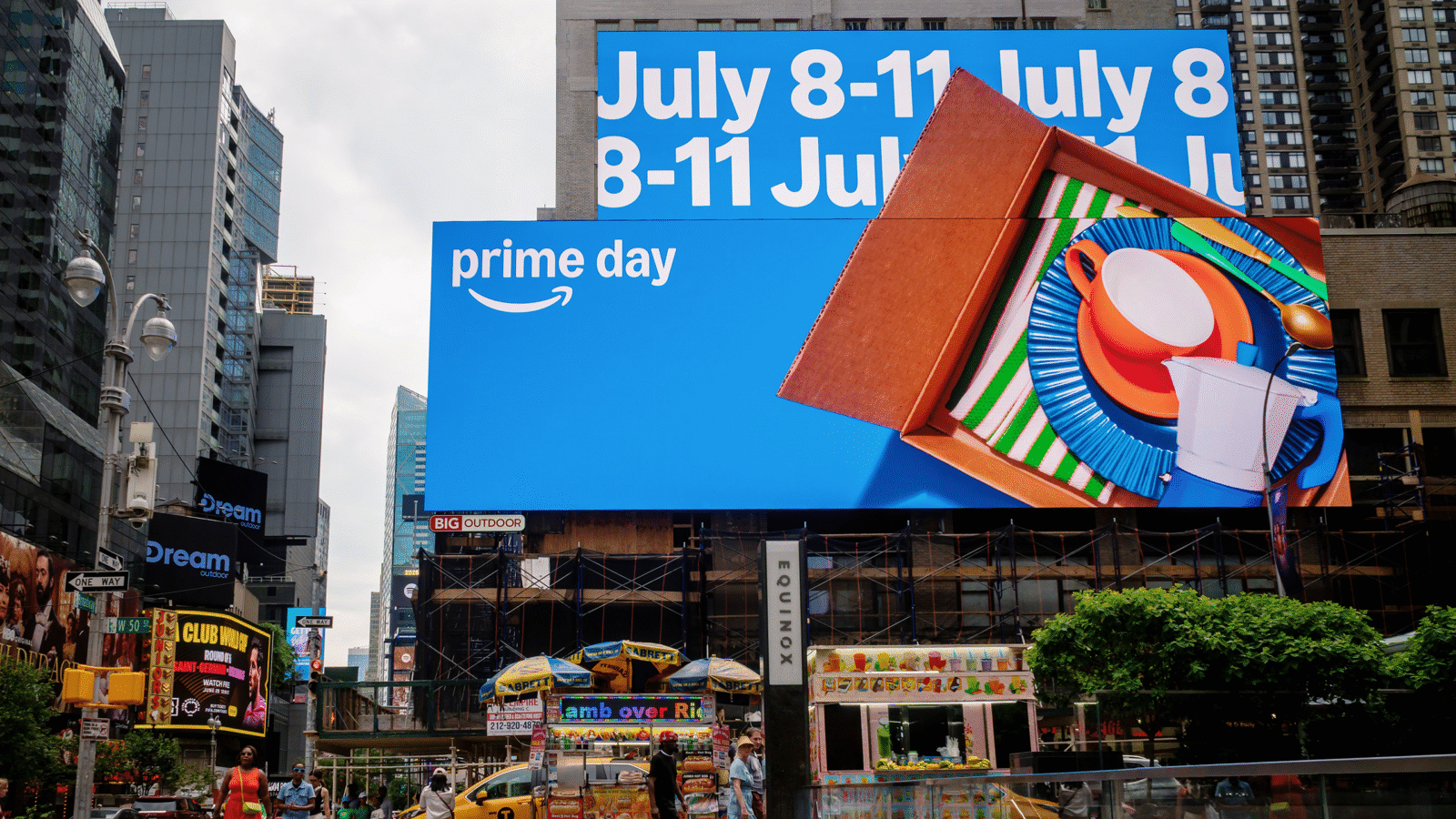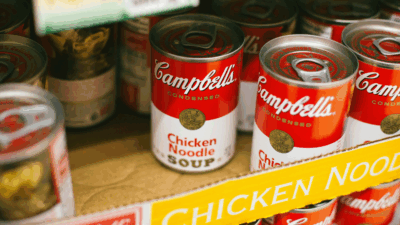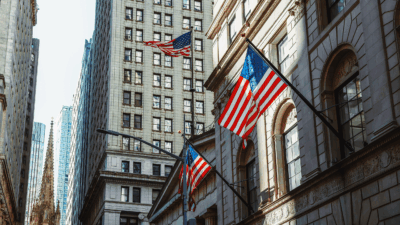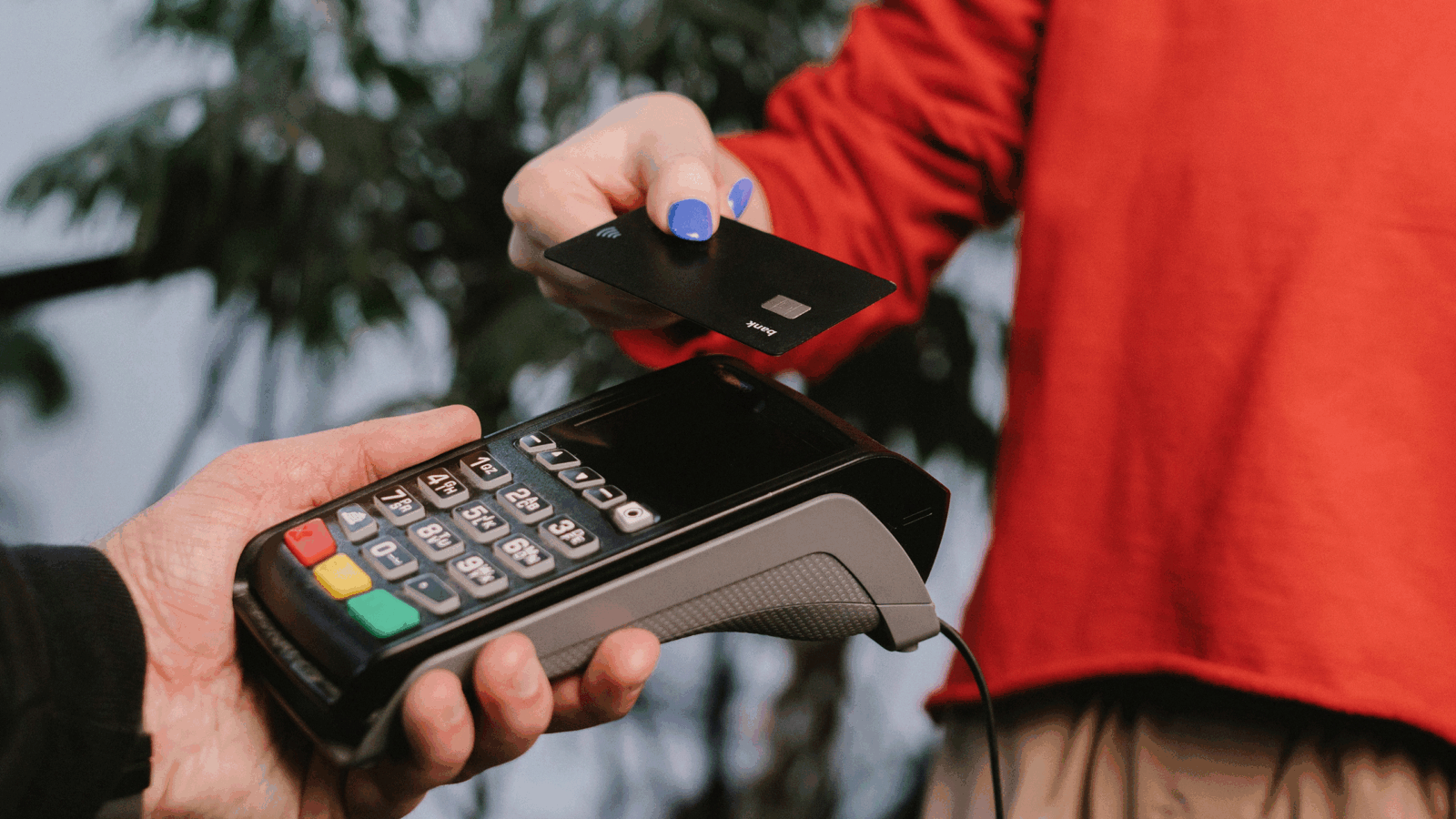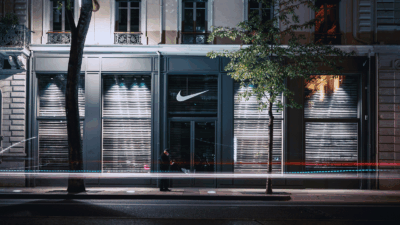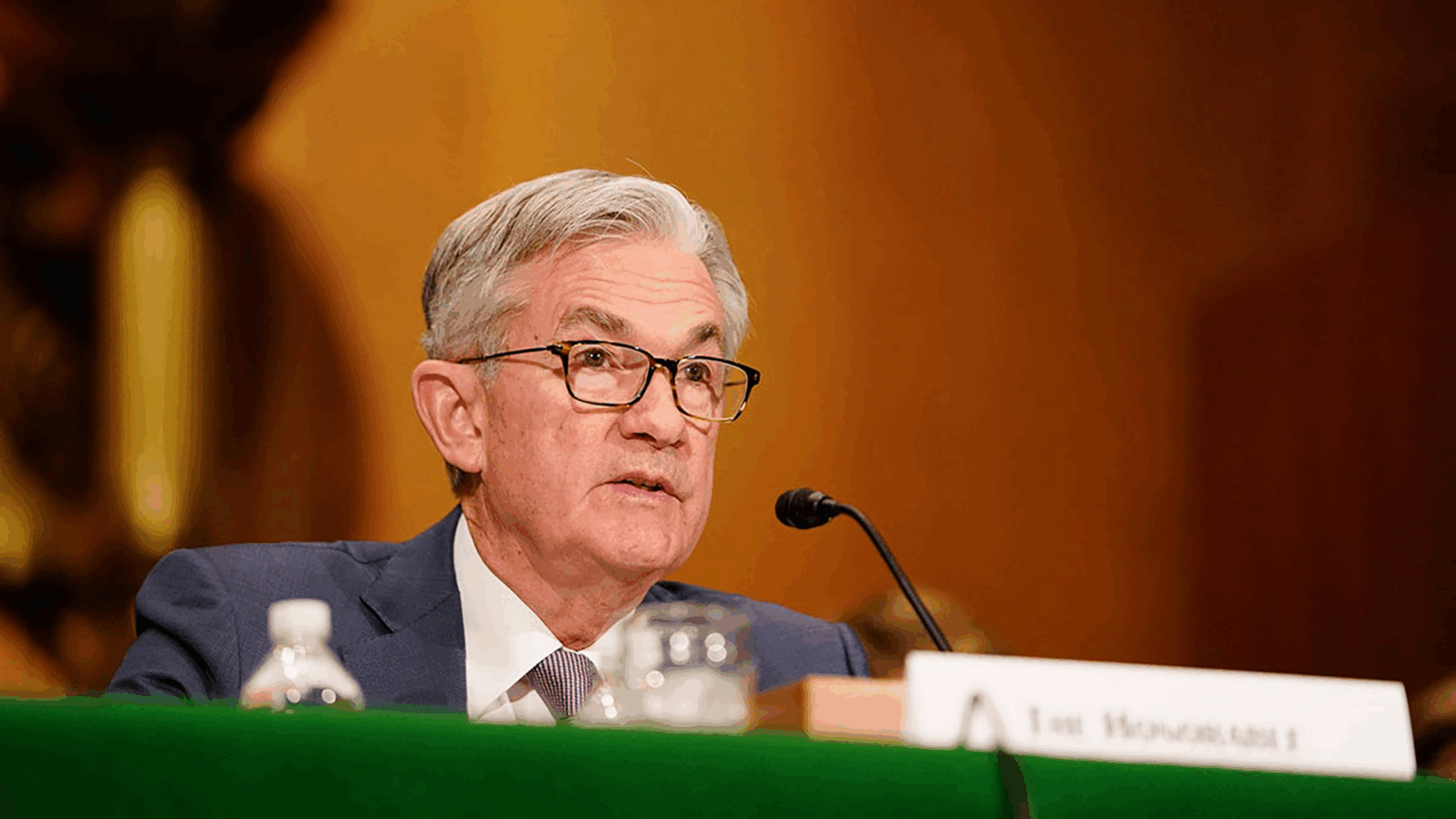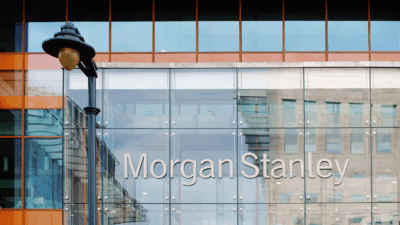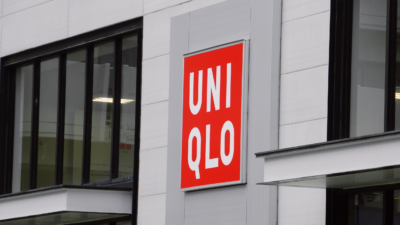With the Holidays Over, Americans Are Back to Worrying About Money
Retail sales jumped higher than expected in December, but US consumers are back to fretting about their finances.

Sign up for smart news, insights, and analysis on the biggest financial stories of the day.
We may have overdone the holly jolly this Christmas.
Consumers continued to fuel the country’s economic growth in December, spending heavily at stores, car lots, and online retailers, boosting retail sales more than expected. But amid a post-holiday reality check, many in the US now say they’re concerned about the cost of basic necessities like food and utilities and are living paycheck to paycheck.
‘Twas the Season of Buying
This past holiday shopping season was good — even better than what economists and even many retailers predicted. Sales rose a seasonally adjusted 0.6% from November and 5.6% year-over-year, according to a Commerce Department report on Wednesday. Between November and December, online shopping alone accounted for a record $222 billion in economic activity, driven mostly by discounts and “buy now, pay later” options, The Wall Street Journal reported.
Pinning down how consumers actually feel is tricky, however. Wage growth is outpacing inflation, but prices and interest rates are still high. At the same time, even the most debt-ridden shoppers are still putting extravagant purchases on their credit cards. Add in the general malaise that Americans have had with the economy since the pandemic, and you’ve got an overall confusing sense of the average consumer.
One survey published Wednesday found inflation — now 3.4% — remains a huge concern:
- A little more than half of all Americans responding to a recent survey from tax filing software company TaxAct said they’re living paycheck to paycheck. And about three-quarters of them said paying for food and energy are their top worries. Many consumers have shifted to savings mode, with roughly 30% saying they want to build their emergency funds in 2024.
- Despite robust holiday spending, some bigger brand names felt left out in the cold. Shortly before Christmas, Nike cut its revenue outlook for the year and cautioned less consumer spending for the second half of 2023. The company said it received less traffic to its digital store, and many shoppers were instead going to competitors with greater discounts.
Approaching a Soft Landing: As uncomfortable as it might be getting for consumers, the overall uneasiness and savings mindset could be exactly what the Federal Reserve is looking for. Slowdowns in hiring and wages will definitely help cool inflation back to the Fed’s 2% target, with the Fed primed to step in with rate cuts when the going gets really tough. Traders are betting that the first cut could come as soon as March, but it’s likely they’ll first need to see consumers holding on to more of their money.
